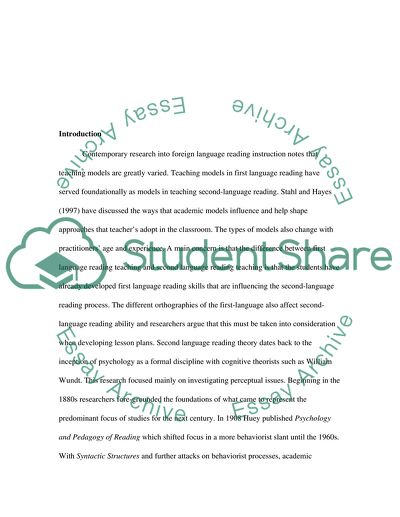Cite this document
(“The Important Key Principles for Developing Reading Skills Essay - 1”, n.d.)
Retrieved from https://studentshare.org/education/1575237-in-2500-words-discuss-and-analyse-the-key-principles-important-for-developing-speaking-listening-writing-or-reading-skills-choose-one-only-and-how-can-these-principles-be-applied-in-the-foreign-language-classroom-please-refer-to-relevant-academic
Retrieved from https://studentshare.org/education/1575237-in-2500-words-discuss-and-analyse-the-key-principles-important-for-developing-speaking-listening-writing-or-reading-skills-choose-one-only-and-how-can-these-principles-be-applied-in-the-foreign-language-classroom-please-refer-to-relevant-academic
(The Important Key Principles for Developing Reading Skills Essay - 1)
https://studentshare.org/education/1575237-in-2500-words-discuss-and-analyse-the-key-principles-important-for-developing-speaking-listening-writing-or-reading-skills-choose-one-only-and-how-can-these-principles-be-applied-in-the-foreign-language-classroom-please-refer-to-relevant-academic.
https://studentshare.org/education/1575237-in-2500-words-discuss-and-analyse-the-key-principles-important-for-developing-speaking-listening-writing-or-reading-skills-choose-one-only-and-how-can-these-principles-be-applied-in-the-foreign-language-classroom-please-refer-to-relevant-academic.
“The Important Key Principles for Developing Reading Skills Essay - 1”, n.d. https://studentshare.org/education/1575237-in-2500-words-discuss-and-analyse-the-key-principles-important-for-developing-speaking-listening-writing-or-reading-skills-choose-one-only-and-how-can-these-principles-be-applied-in-the-foreign-language-classroom-please-refer-to-relevant-academic.


